Do you want to know if it snows in Iceland? If so, you’re in luck, because in this blog post, we will answer that exact question! As it turns out, the answer is yes – it definitely does snow in Iceland. In fact, the country sees quite a bit of snow each year. So if you’re thinking about traveling to Iceland during the winter months, be prepared for some chilly weather!
Iceland Climate And The Kind Of Weather To Expect
Iceland is a Nordic island country located in the North Atlantic Ocean. It has a population of over three hundred thousand and a total area of one hundred thousand square kilometers. The climate of Iceland is maritime subarctic. This means that it is usually cool and windy with limited rainfall. The average temperature in Iceland is around zero degrees Celsius in winter and five to ten degrees Celsius in summer.
Despite its northerly location, the Gulf Stream keeps Iceland relatively warm, especially compared to other countries at similar latitudes. However, the weather in Iceland can be unpredictable and changeable, so it is always advisable to be prepared for cold weather, even in summer.
Read Also: Does It Snow In Charleston SC
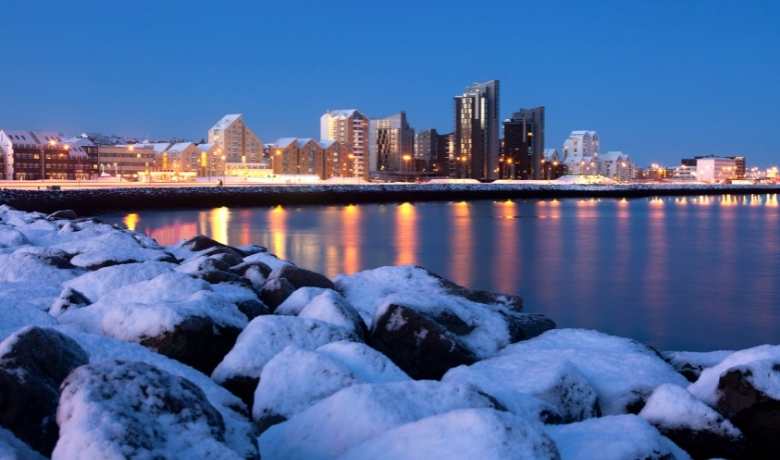
The Average Temperature During Winter In Iceland
Snow is a common sight in Iceland from October to April, with the heaviest snowfall typically occurring in January and February. The average temperature during this time of year is around 30 degrees Fahrenheit, but it can dip below freezing on occasion. While the majority of snowfalls are relatively light, Icelandic winters can occasionally be marked by intense storms that deposit large amounts of snow in a short period of time.
Despite the cold temperatures and occasional snowstorms, many people enjoy spending time outdoors in Iceland during winter. With its stunning landscapes and abundance of natural light, Iceland is a popular destination for photographers and nature lovers alike. So while you may need to pack a few extra layers if you’re planning a trip to Iceland in winter, don’t let the cold weather deter you from experiencing all this unique country has to offer.
Read Also: Does it Snow in Wisconsin
The Coldest Part Of Iceland
Iceland is a large island located in the North Atlantic Ocean. It experiences a wide range of weather conditions, from the coast’s mild temperatures to the interior’s cold winters. The coldest parts of Iceland are typically found in the mountainous regions of the island, where snowfall is expected. The highest temperatures are usually found in the low-lying areas near the coast.
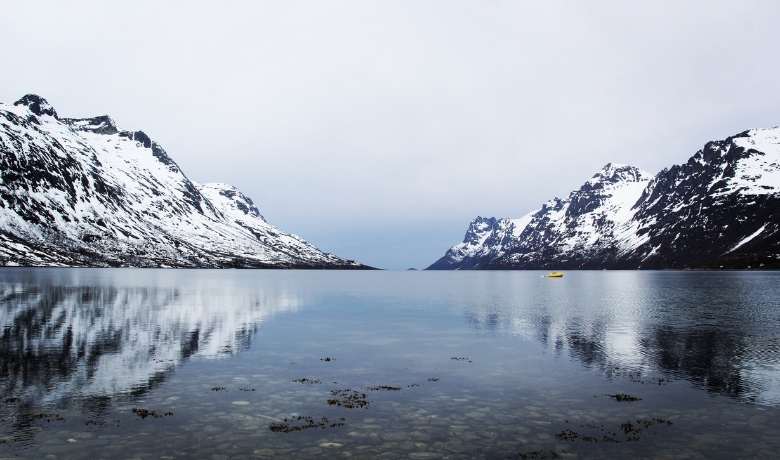
Average temperatures Reykjavik – The city of Reykjavik, for example, has an average temperature of around 4 degrees Celsius in January, while the town of Akureyri experiences an average temperature of -5 degrees Celsius during the same month. Snowfall is also more common in these areas, with average temperatures Akureyri averaging around 60 centimeters of snow per year. Reykjavik, on the other hand, only receives around 30 centimeters of snow per year.
Akureyri is the capital of North Iceland and has a population of around 18,000. It is located just 60 kilometers south of the Arctic Circle and is known for its milder climate. The average temperature in Akureyri is 0.4 degrees Celsius in January and 10.8 degrees Celsius in July. Despite its northerly location, the Gulf Stream keeps Akureyri much warmer than other areas at the same latitude. In fact, the city is often referred to as the “Capital of Snow” due to the heavy snowfall it receives each winter.
Read Also:Does it Snow in Lake Arrowhead
However, Akureyri is also a popular summer destination due to its cool temperatures and stunning scenery. Visitors can enjoy hiking, fishing, and golfing in the summer months, and there are also several museums and cultural events to enjoy. Whether you’re looking to escape the heat or the cold, Akureyri is an ideal destination.
What Do People Usually Do During Winter in Iceland?
Iceland is a land of endlessly fascinating contrasts. In the winter, long days and short nights blanket the country in darkness, while in the summer, the reverse is true. This means that winter is the ideal time to experience Iceland’s unique nightlife.
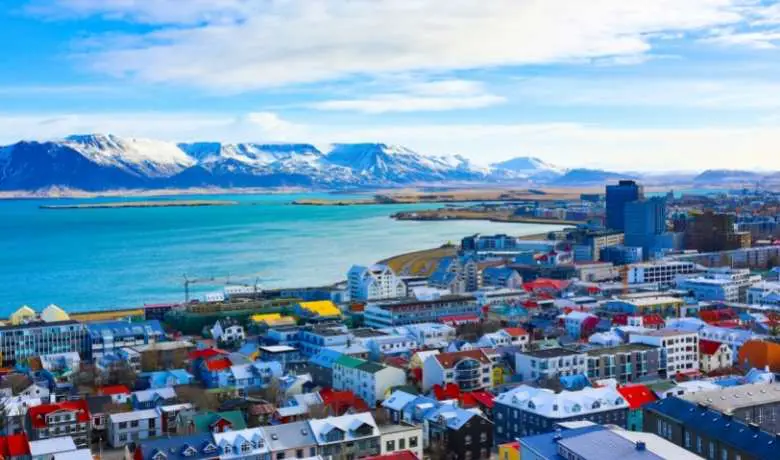
Throughout the winter, Reykjavik comes alive with a variety of concerts, parties, and other events. In addition, many bars and clubs stay open until the early hours of the morning, giving visitors a chance to experience the legendary Icelandic nightlife. Of course, for those who prefer a more traditional winter experience, there are plenty of opportunities to go skiing, snowboarding, and ice-skating. Whether you’re looking for excitement or relaxation, Iceland is the perfect place to spend your winter vacation.
Read Also: Does it Snow in Iowa?
The Popular Ski Resorts In Iceland
It may come as a surprise to some, but Iceland is actually a popular destination for winter sports enthusiasts. While the country doesn’t get a lot of snowfall, what it does get is typically very high quality. And thanks to the plethora of glaciers, there are plenty of opportunities for skiing, snowboarding, and even ice climbing.
Some of the most popular ski resorts in Iceland include:
Hvannadalshnjukur Iceland
Hvannadalshnjukur is a mountain peak in Iceland that is famous for being the tallest point in the country. The peak is located on Europe’s largest glacier, Vatnajokull, and is a popular destination for climbers and hikers. Though the summit is relatively easy to reach, the journey is still challenging due to the difficult terrain and unpredictable weather and snow conditions.
Read Also: Does it Snow in New Jersey
Once at the top, however, climbers are rewarded with stunning views of the surrounding glaciers and mountains. Hvannadalshnjukur is truly a unique destination that any adventurer would be lucky to experience.
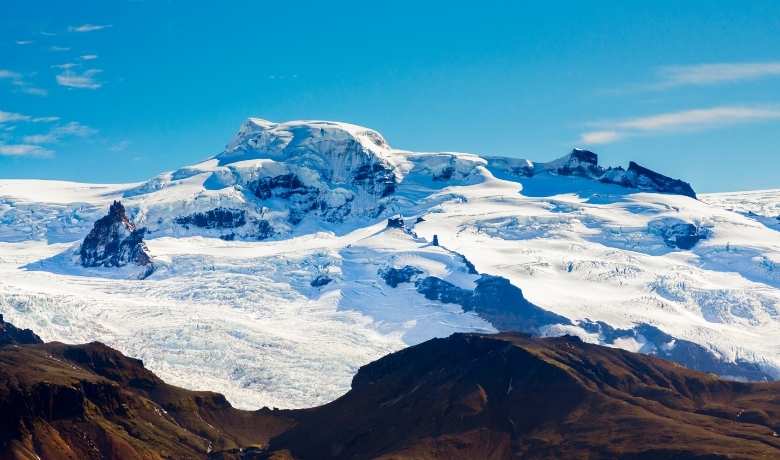
Northern lights tour Iceland
When most people think of Iceland, they picture a land of ice and fire, a land of rugged beauty and extreme conditions. And while it is true that Iceland can be a harsh place, it is also home to some of the most breathtaking natural wonders in the world. One of these is the Iceland Northern Lights, a phenomenon that has captivated sky-watchers for centuries. Now, thanks to advances in technology, it is possible to experience the lights in a whole new way: from the comfort of a luxury tour bus.
These buses are equipped with large windows and state-of-the-art sound systems, providing an intimate and immersive experience of one of nature’s greatest light shows. Whether you are an experienced astronomer or simply someone who enjoys watching the stars, a northern lights tour is sure to be a memorable experience.
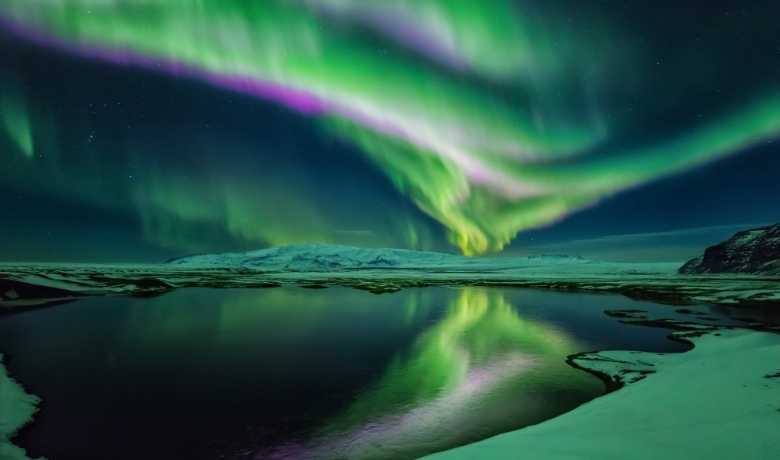
Vatnajökull Iceland
Vatnajökull, which is located in the south of Iceland, is the country’s largest glacier. It covers an area of 8,100 square kilometers and is up to 1,000 meters thick in places. The glacier is named after the volcano that lies beneath it, Vatnajaökull. The volcano last erupted in 1996, and the resulting lava flow destroyed a large part of the glacier. Since then, the glacier has been slowly recovering.
Read Also: Does It Snow In Nebraska
Akureyri is one of Iceland’s most popular tourist destinations. The town is situated in a beautiful mountain valley, and it offers a wide range of tourist amenities. The town has a number of hotels and guesthouses, as well as a variety of shops and restaurants. In addition, Akureyri is home to a number of museums and art galleries. The town also has a lively nightlife scene, with a number of bars and clubs.

Egilsstaðir Iceland
Egilsstaðir is a small town in East Iceland that is growing rapidly in recent years. The town is located at the head of the valley of the same name, where the glacial river Jökulsá á Fjöllum flows into Lake Lagarfljót. Egilsstaðir is the largest settlement in the Eastfjords and the capital of Fljótsdalshérað municipality. The town has a population of just over 2,000 people and is a popular tourist destination due to its proximity to Vatnajökull National Park and the many hiking trails in the area.
In addition to its natural beauty, Egilsstaðir also has a lively cultural scene, with several museums and art galleries. With its stunning scenery and wealth of activities, Egilsstaðir is an ideal destination for both nature lovers and culture vultures alike.
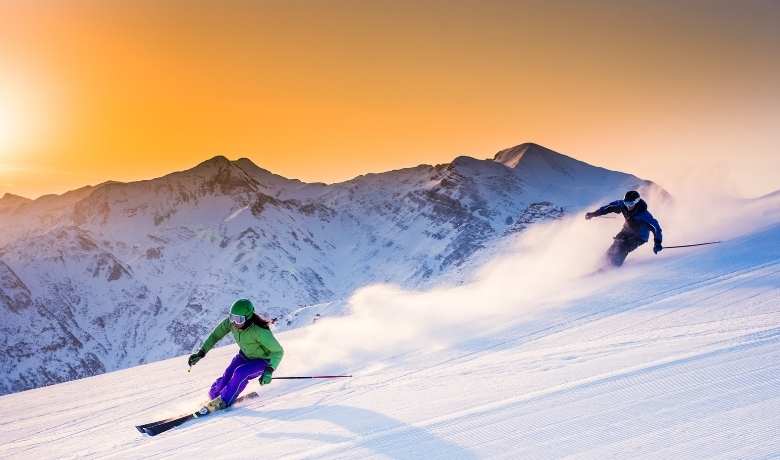
Bláfjöll Iceland
Bláfjöll is a mountain range in Iceland that is known for its beautiful landscapes and hiking trails. The area is home to a variety of wildlife, including reindeer, foxes, and ptarmigans. There are also several glaciers in the area, which offer visitors the opportunity to go ice climbing or skiing. Bláfjöll is a popular destination for both tourists and locals alike.
In addition to its natural beauty, the area also boasts a number of amenities, such as hotels, restaurants, and shops. Whether you’re looking for an outdoor adventure or a relaxing weekend getaway, Bláfjöll is sure to disappoint.

Hlíðarfjall – Akureyri Iceland
Hlíðarfjall is a mountain located in Akureyri, Iceland. It is one of the most popular hiking destinations in the country, due to its stunning views and convenient location. The trail to the summit is well-marked and relatively easy to follow, making it a great choice for novice hikers. Once at the top, hikers are rewarded with panoramic views of Akureyri and the surrounding countryside.
On a clear day, it is even possible to see all the way to the Arctic Circle. Hlíðarfjall is a beautiful destination that should not be missed by anyone visiting Iceland.

Skálafell Iceland
Skálafell is a small village located in southern Iceland, just east of the town of Kirkjubæjarklaustur. It is situated within the Vatnajökull National Park and is surrounded by glaciers, mountains, and waterfalls. Skálafell offers visitors a chance to experience the beauty of Icelandic nature up close. The village is home to a visitor center, where you can learn about the area’s history and geology, as well as take part in ranger-led hikes and tours.
There are also several hiking trails in the vicinity, ranging from easy walks to challenging climbs. Skálafell is an ideal base for exploring the Vatnajökull National Park, and its central location makes it a convenient stop for those traveling between Reykjavik and the south coast of Iceland.

Oddsskarð Iceland
Oddsskarð is a pass in northern Iceland that has been used as a crossing point for centuries. The name Oddsskarð means “point of the pass” and it is thought to be derived from the Old Norse word skarð, which refers to a narrow strip of land. The pass is located between two glaciers, the Vatnajökull and the Hofsjökull, and it is one of the most popular routes for hikers and climbers wishing to scale one of the many peaks in the area.
In recent years, Oddsskarð has become a popular spot for BASE jumping and paragliding, due to the dramatic scenery and the challenges posed by the terrain. If you’re looking for an adventure in Iceland, Oddsskarð is definitely worth a visit.
So whether you’re looking for a challenging slope or a peaceful cross-country trail, you’re sure to find it in Iceland.
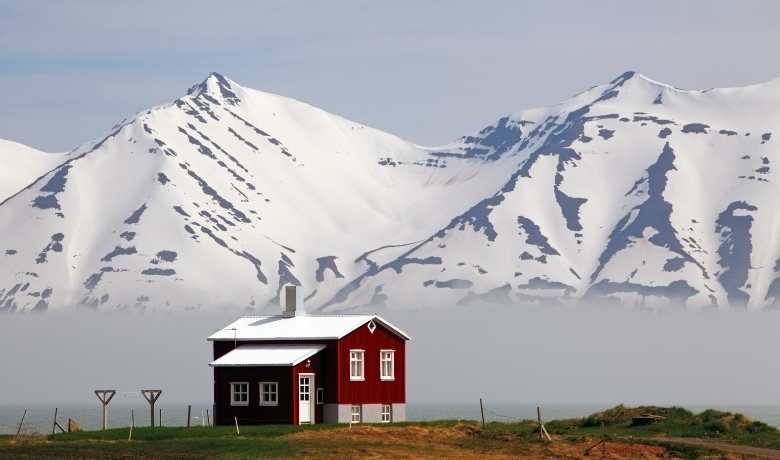
How Has Global Warming Affected The Climate In Iceland
Iceland is a country located in the North Atlantic Ocean, just south of the Arctic Circle. It is well known for its beautiful landscapes, diverse wildlife, snow, and unique culture. However, Iceland is also home to a wide range of climate conditions, from subtropical to arctic. As a result, the country experiences a variety of weather patterns, including snow.
In recent years, global warming has begun to impact the climate in Iceland. The average temperature in the country has risen by approximately 1.5 degrees Celsius over the past century. This increase in temperature has led to changes in precipitation snow patterns, with more rain and less snowfall in recent years. Additionally, glaciers have begun to melt at an accelerated rate, resulting in rising sea levels and increased flooding.
Despite these changes, snow still falls in Iceland on a regular basis. In fact, the country receives an average of 15-20 inches of snow each year. However, as global warming continues to impact the climate, it is likely that the amount of snowfall in Iceland will decrease over time.
Iceland Weather Summary
In conclusion, Iceland is a great place to visit in the winter because of its snowy climate. The average temperature during winter is around the freezing point, and it often snows. Some parts of Iceland are colder than others, and these areas usually experience more snowfall. People in Iceland enjoy skiing and other winter sports activities, and there are some ski resorts that are popular among tourists. Global warming has affected the climate in Iceland over the years, making it warmer overall; however, winters are still cold enough for people to enjoy the country’s snowy landscape.